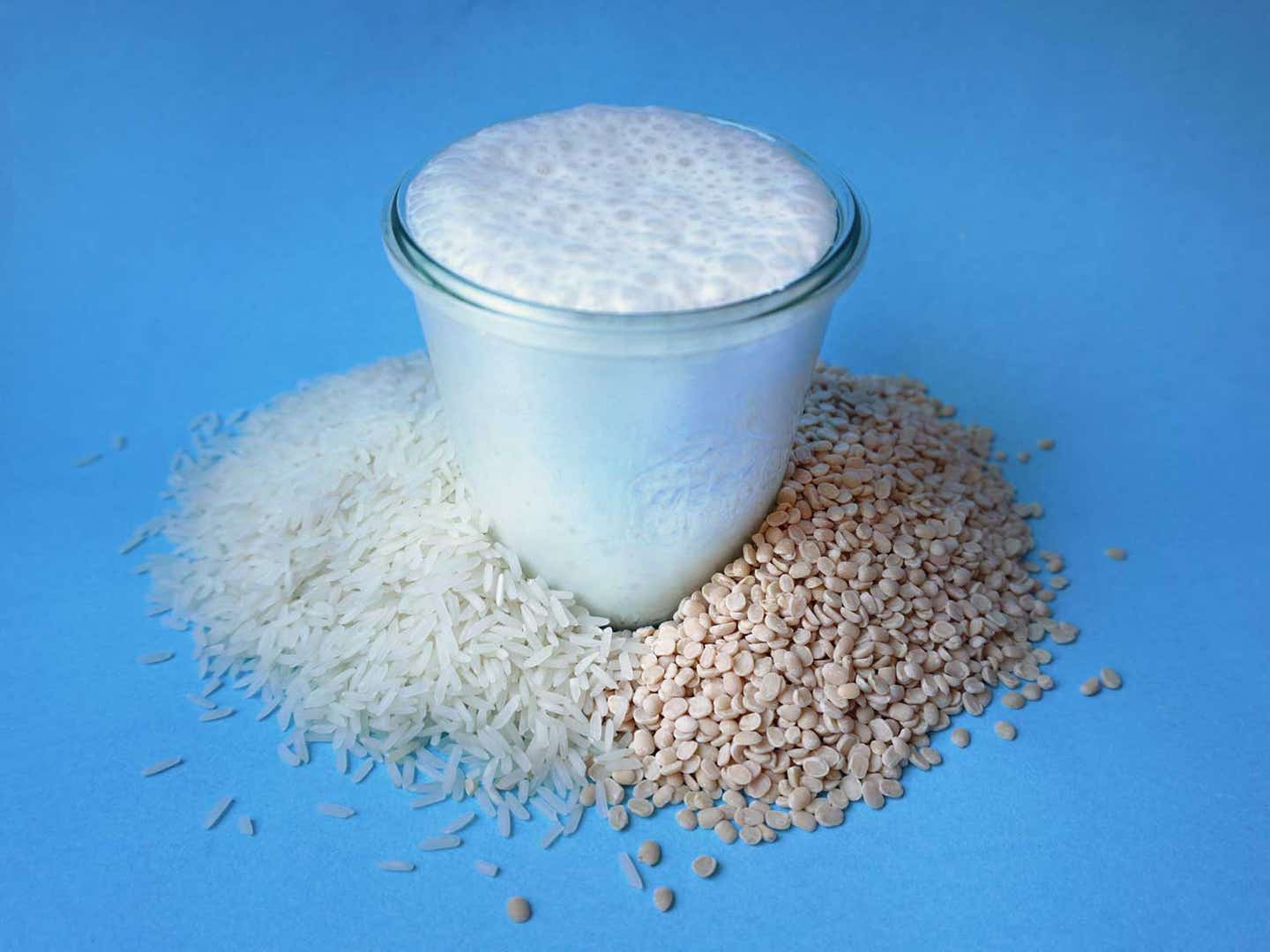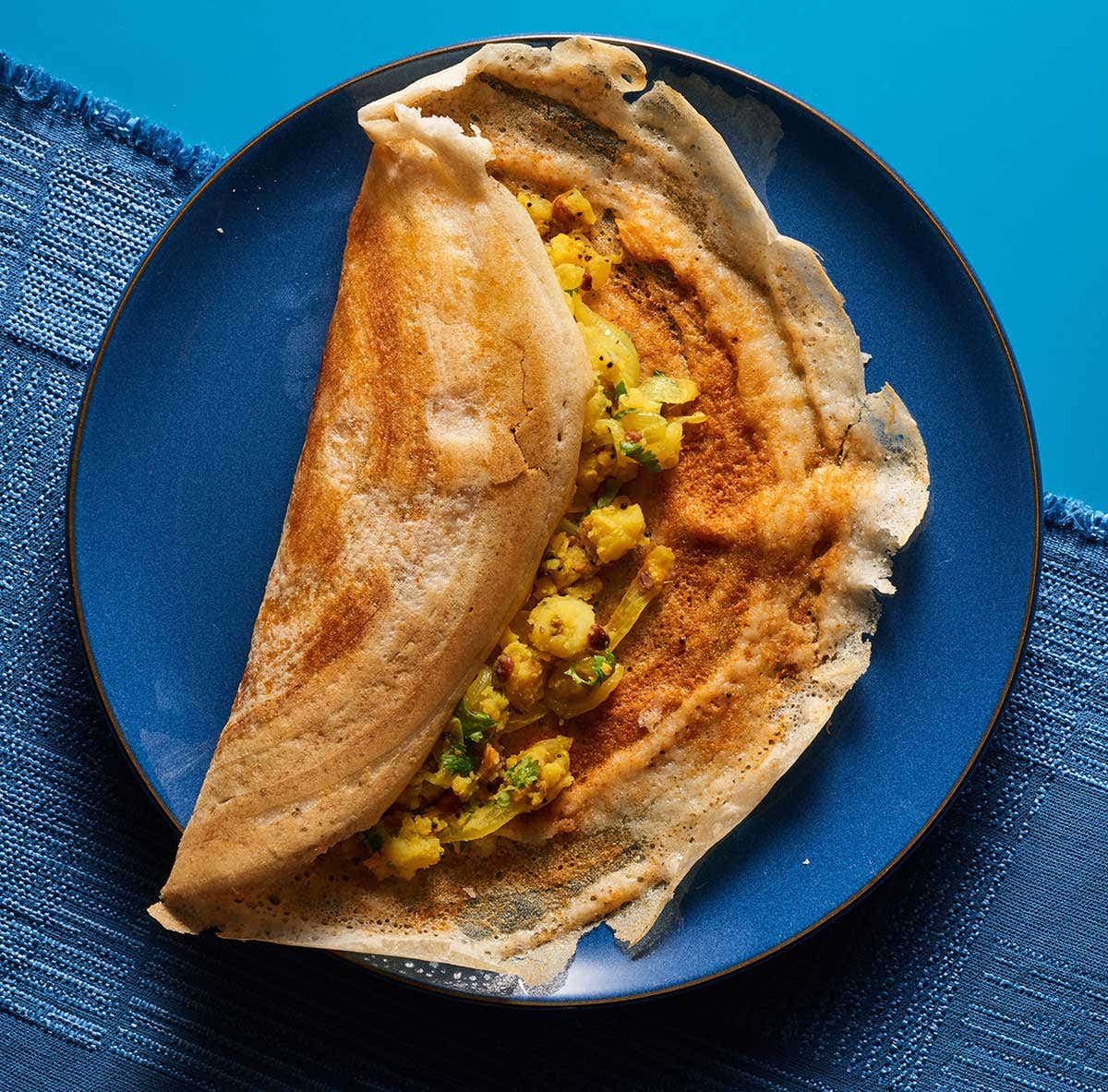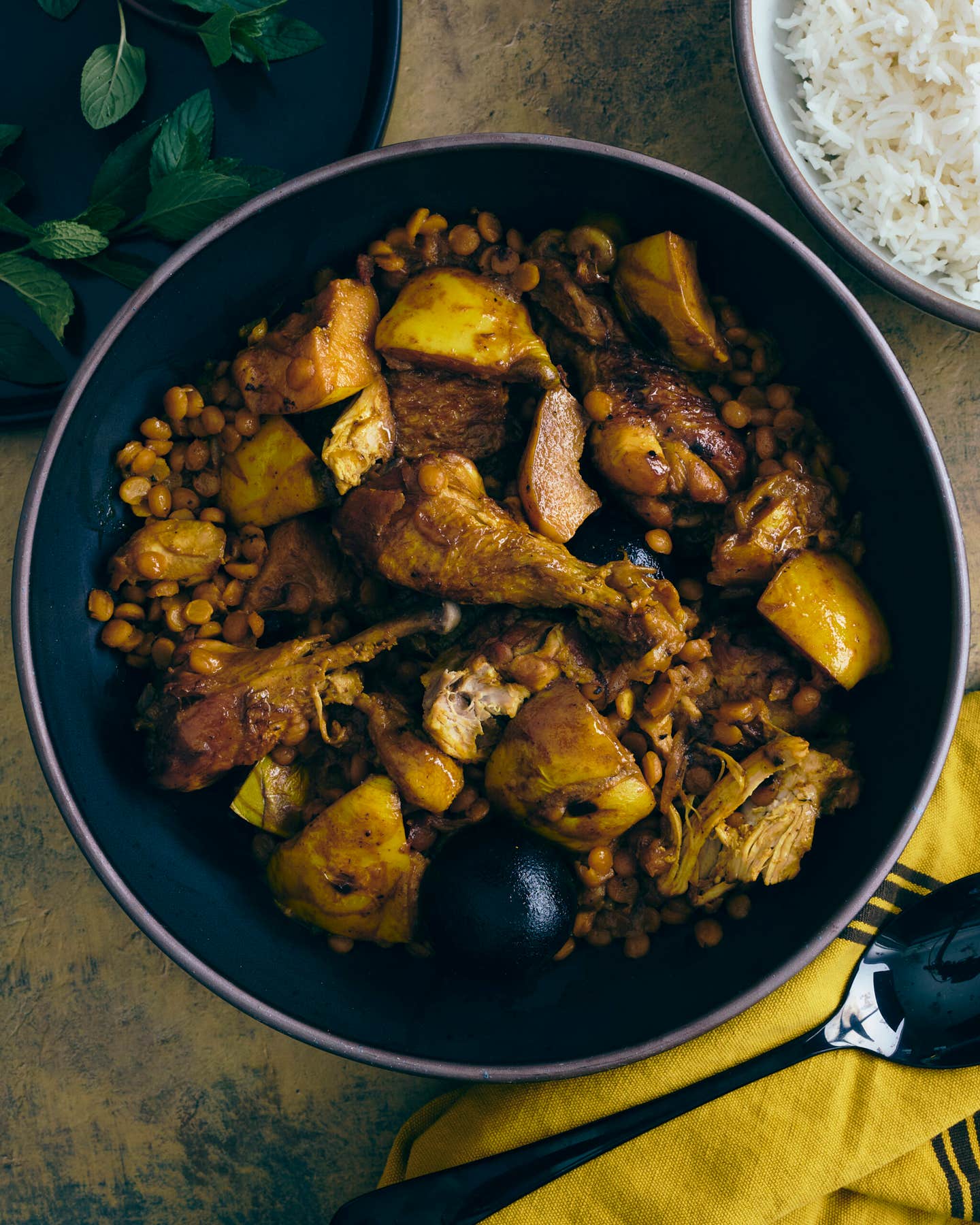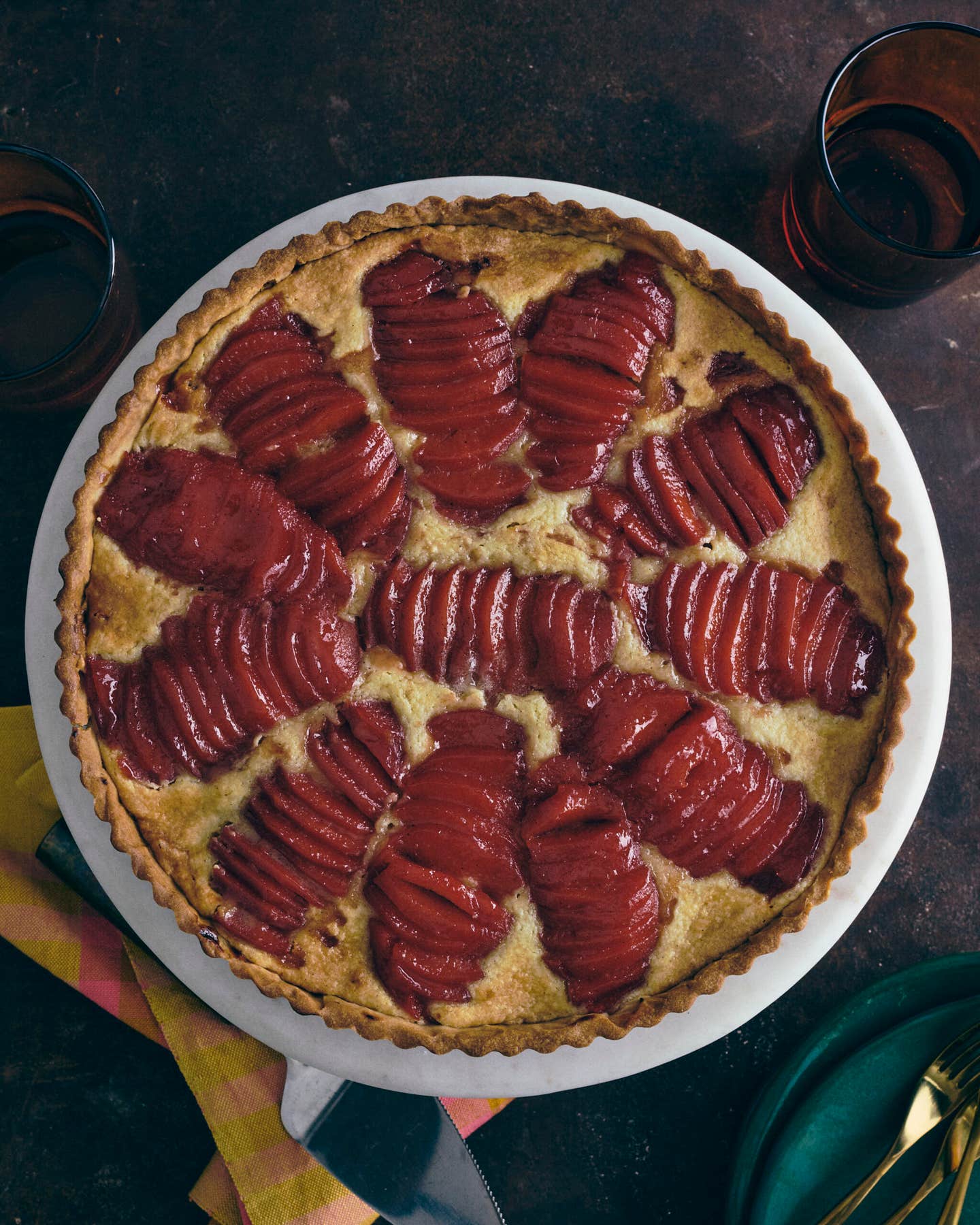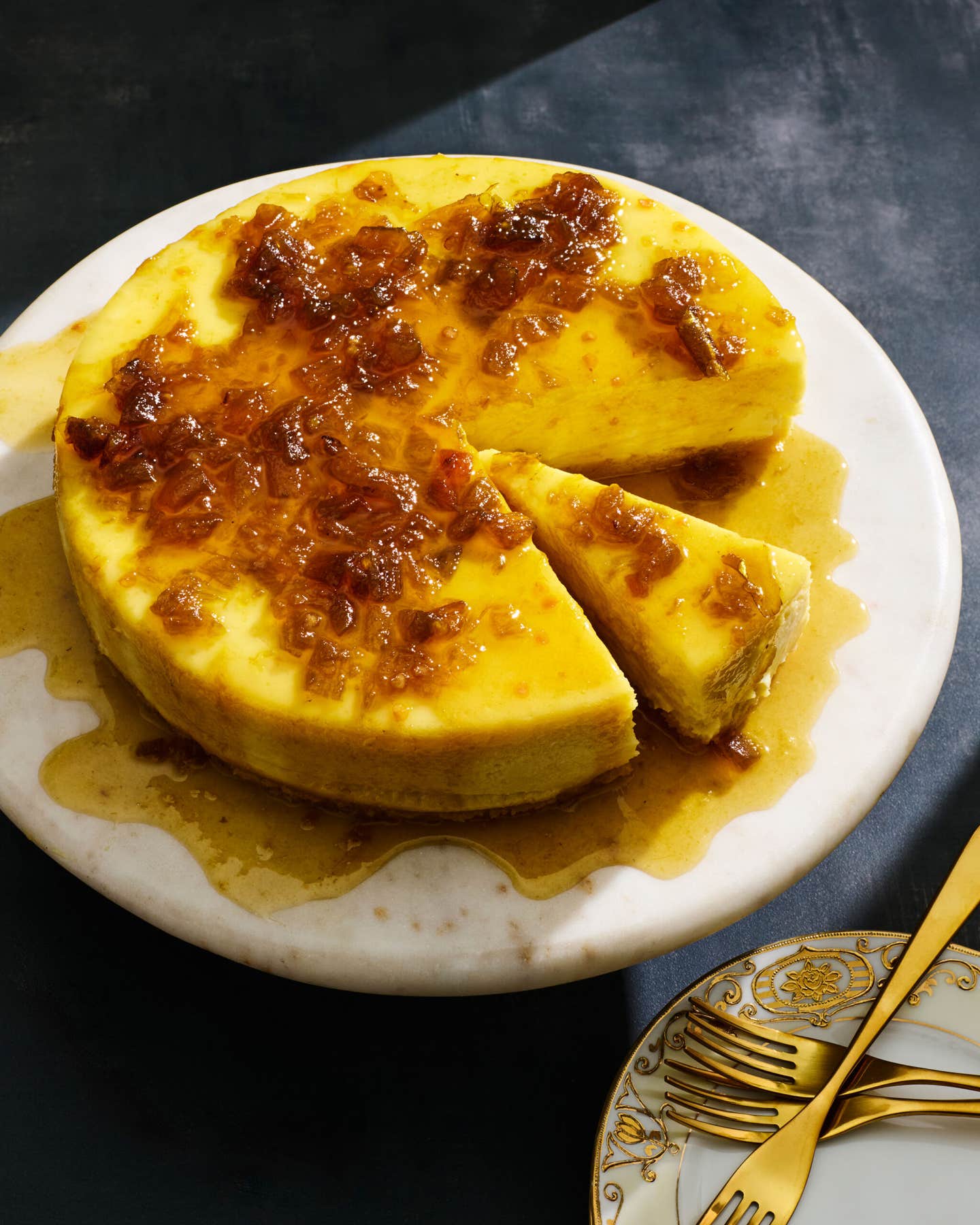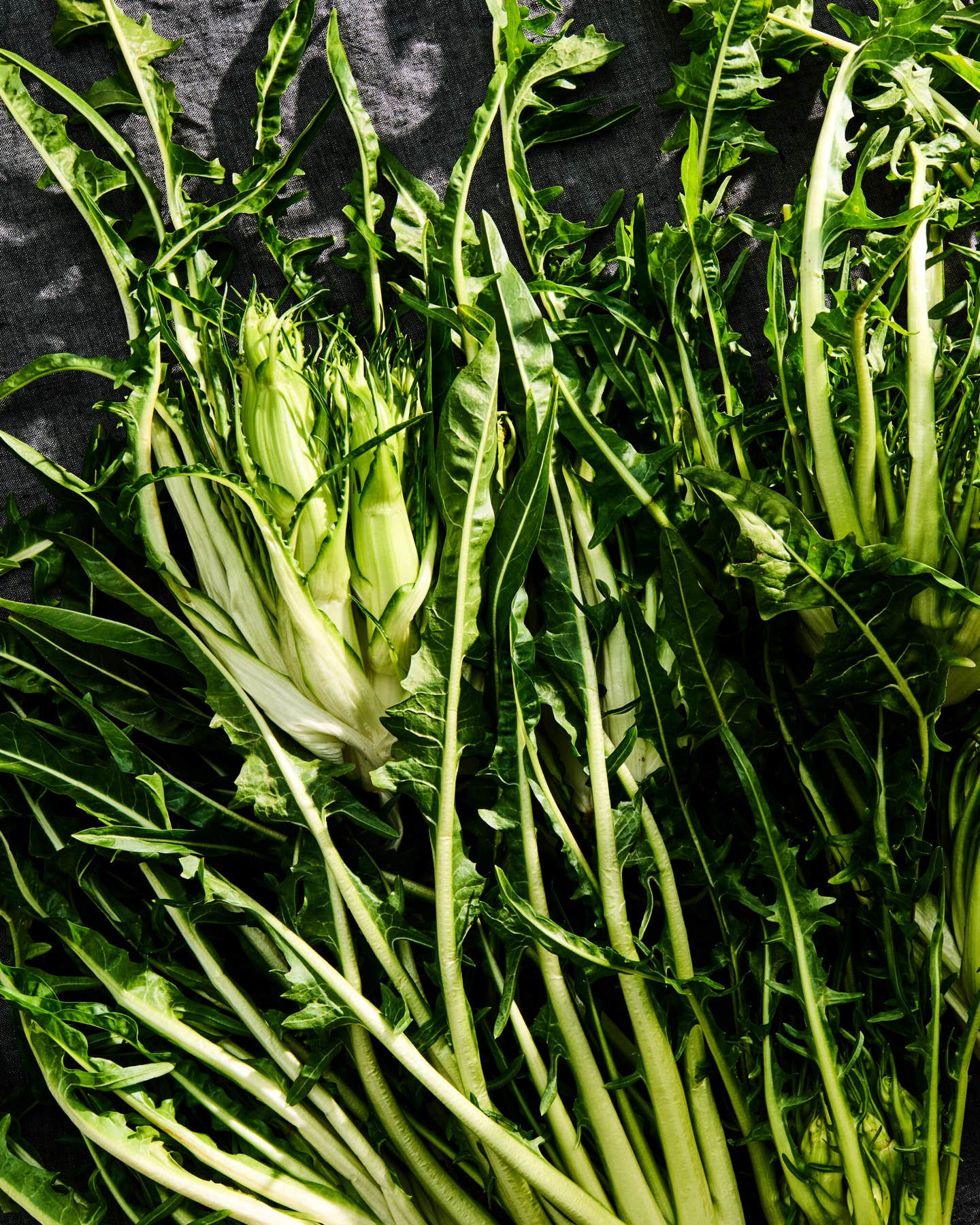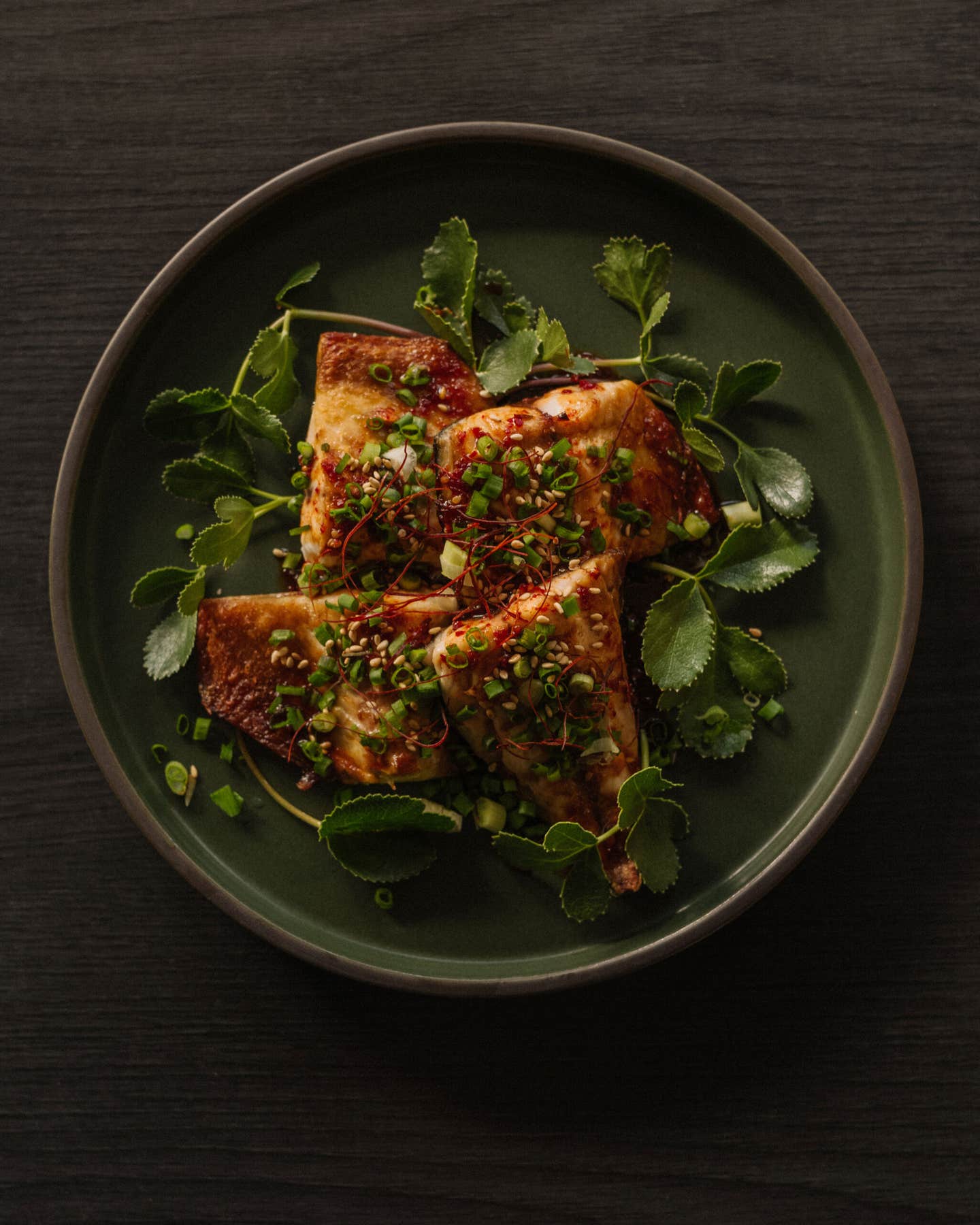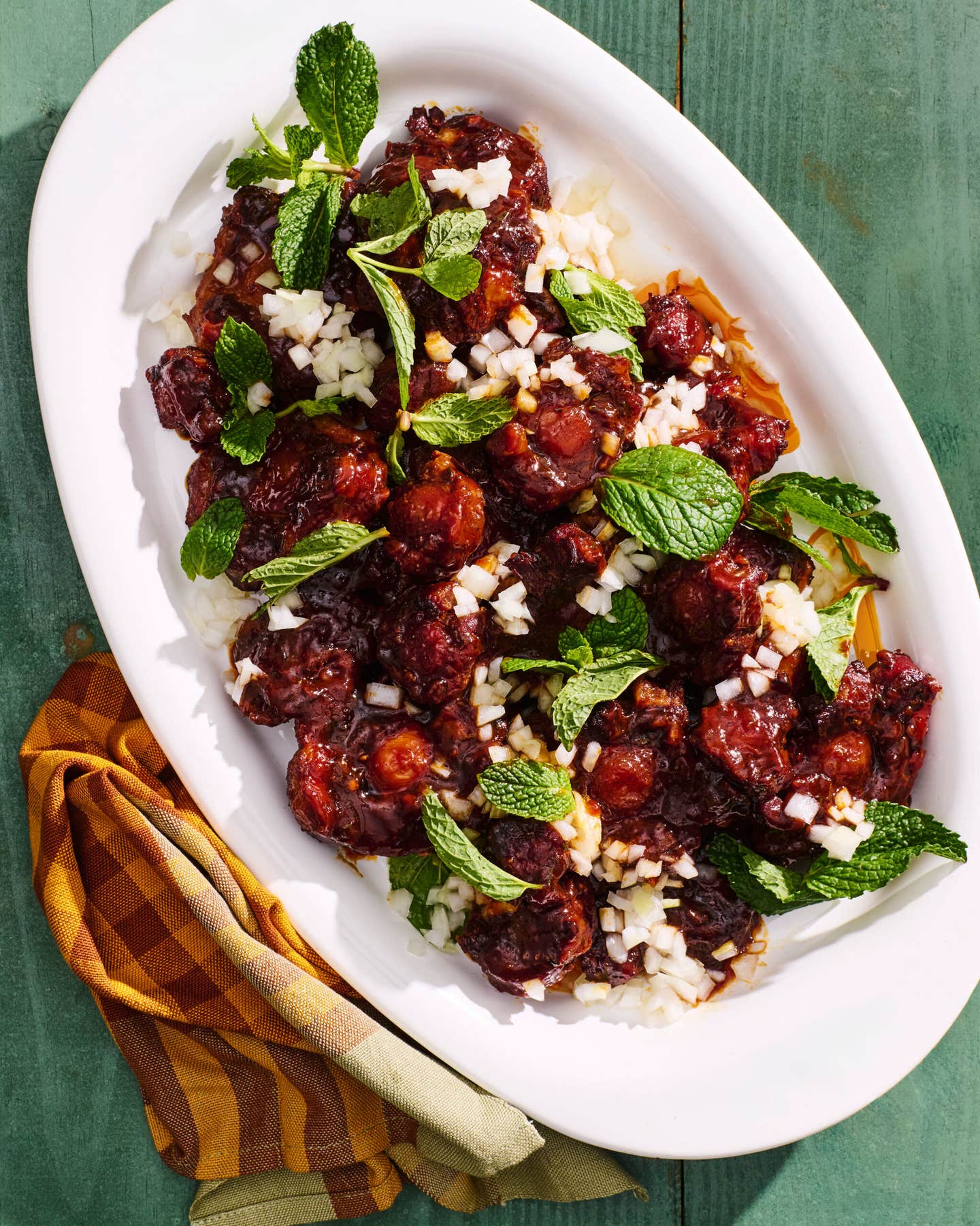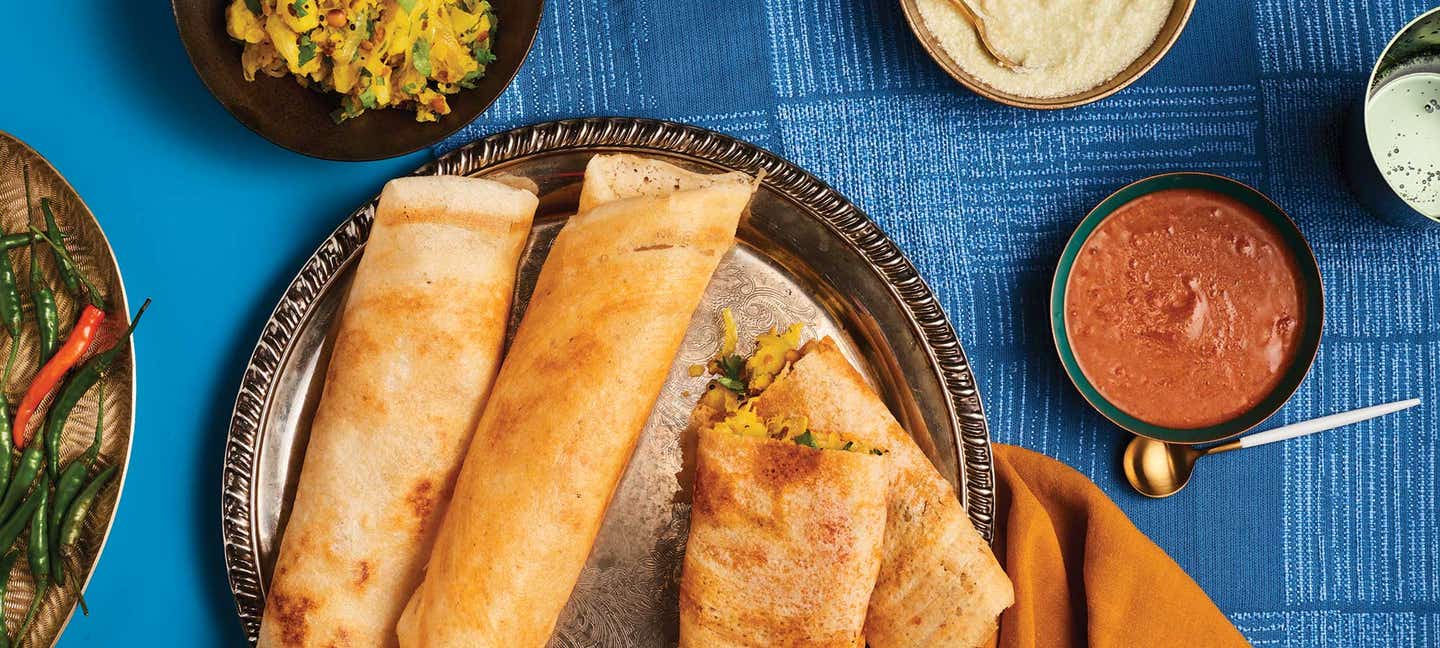
It’s never surprised me that, in India, there are restaurants dedicated to dosas. One of the country’s most flavorful, sustaining, and comforting foods, these thin, sometimes massive crêpes made from a fermented batter of ground rice and dal (dried, split beans) are typically filled with spiced vegetables and served with refreshing chutneys. Though they originated in South India as a breakfast food, dosas have become so popular that they’re served at all times of day throughout the country. Unlike French crêpes or American pancakes, which are cakey throughout, the ideal dosa is crisp and golden on the outside, with a slightly spongy interior. The best ones glisten without being greasy, and, by way of a well-fermented batter, have all the flavor of an exceptionally funky sourdough. Growing up in Dallas, when I craved a dosa that checked all the boxes, I’d pay a visit to Guna Raj, a close friend of my mother’s—whom I affectionately refer to as Guna Aunty. She learned to make dosa growing up in Karnataka. Guna taught me her secrets, and though assembling them just like she does has taken a little practice, they have become a regular staple in my kitchen.

"Dosa is really just a vehicle for eating chutney and potatoes," Guna Raj says, reassuring that the crêpe-making part need not be intimidating. You can fill and roll dosas into airy cylinders, or for ease, fold the cooked wrappers in thirds like a letter and serve the fillings on the side. One of the most widely loved versions in India is the masala dosa, which features a fluffy, turmeric-tinged potato sabzi (filling) and fiery gunpowder chile paste. At Guna Raj's house and elsewhere, it is almost always served with a side of lightly sweet, bright coconut chutney. The whole thing is a meal so matchless, it's worth keeping your griddle at the ready.
How To Make A Dosa
A bubbly-on-the-inside, crispy-on-the-outside crêpe is the key to a real-deal dosa
Dosa Batter
Bubbles, which should spring up as you spread the batter, signify a successful ferment. Get the recipe for Dosa Batter »
You can use a nonstick pan to make a 12-inch version, or mimic the whopping crêpes made on commercial griddles in India by using a large, well-oiled cast-iron or free-standing electric griddle. Either way, learning to perfect the balance between crunchy edges and a pillowy underside takes a few tries. (A properly mixed and fermented batter goes a long way; recipe at right.) Once you’ve got the batter and shaping down, Raj says, “the trick to a crispy dosa is a little oil or ghee.” Here are Raj’s instructions.
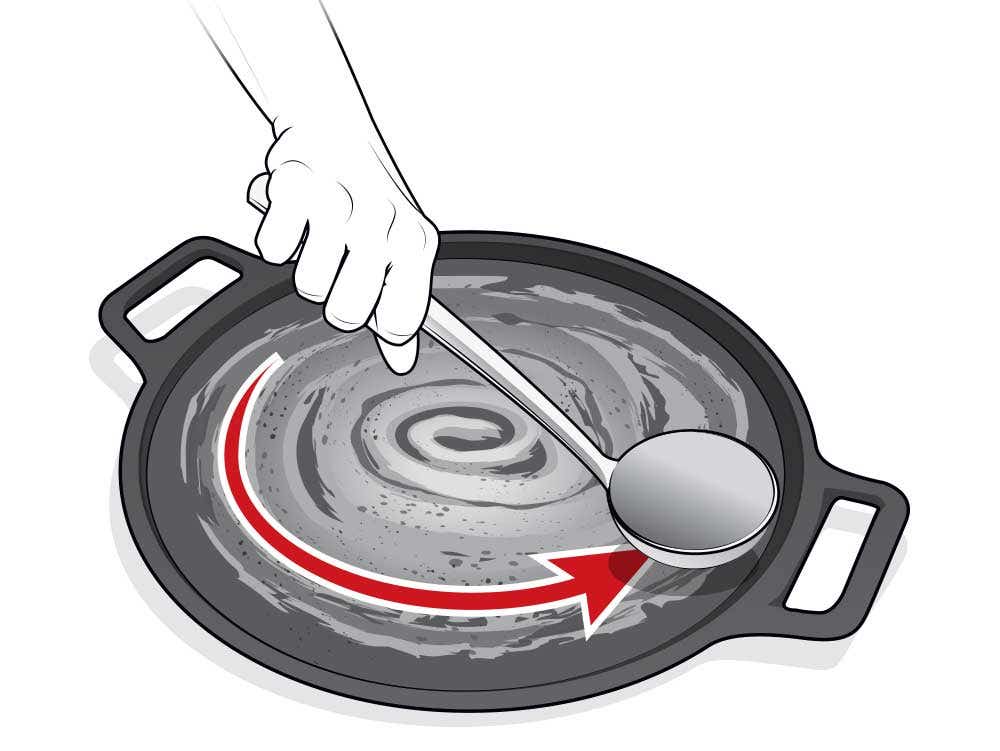
Be sure the dosa batter is free of lumps. In the center of a hot pan, working quickly but evenly, add a ladleful of batter (start with 1/3 cup for a 12-inch pan). Starting in the center, drag the bottom of the ladle in a steady spiral motion, pulling the batter toward the pan's edges. Saveur
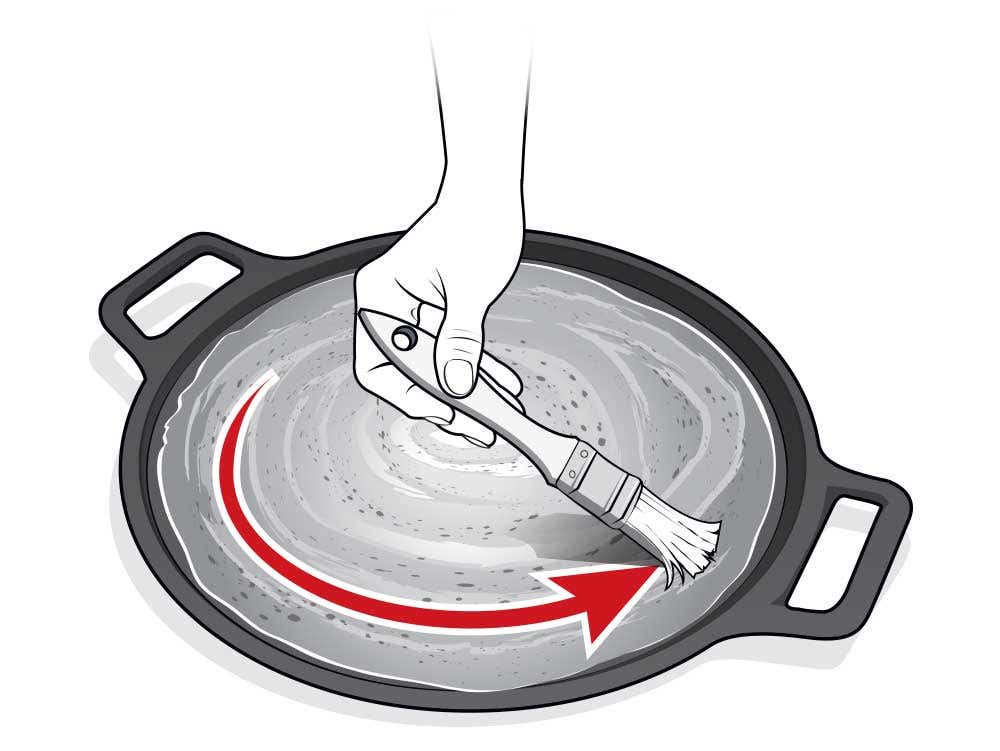
When the top looks set, brush or drizzle a little melted ghee or oil over the outer portion of the dosa. Quickly spread on some of the gunpowder paste (if using). If filling, mash and spread some potato sabzi across the dosa's center. Or skip to Step 3 to serve the filling on the side. Saveur
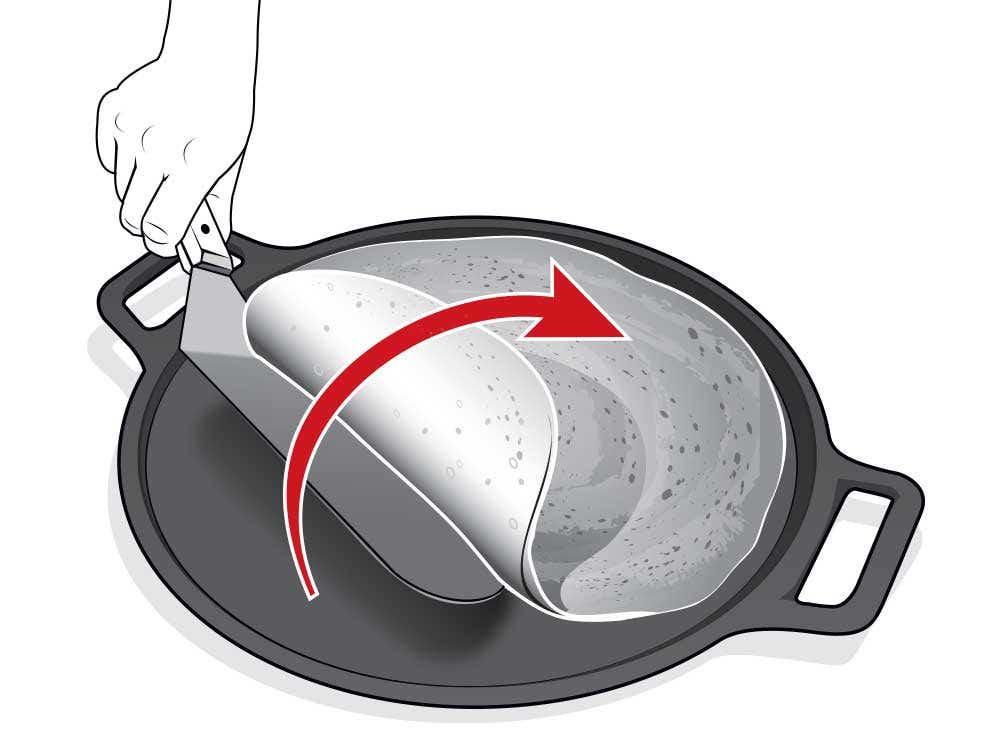
Loosen the dosa from the pan with a spatula. Coax one edge of the dosa over to the other side, tucking the edge slightly to create a tall cylindrical roll. (If it doesn't form a cylinder, fold both sides toward the center like a letter, and flatten.) Cut or tear, and eat with your hands. Saveur
Dosa Mix-Ins
If you have batter left after using all your filling, Raj suggests adding fresh aromatics directly to the batter before cooking. Try finely chopped red onion, cilantro, and diced tomato, or red onion and fresh dill.
Masala Dosa
A masala dosa feast includes turmeric-tinged potato sabzi, rich gunpowder chile paste, and crisp, airy wrappers. Get the recipe for Masala Dosa »
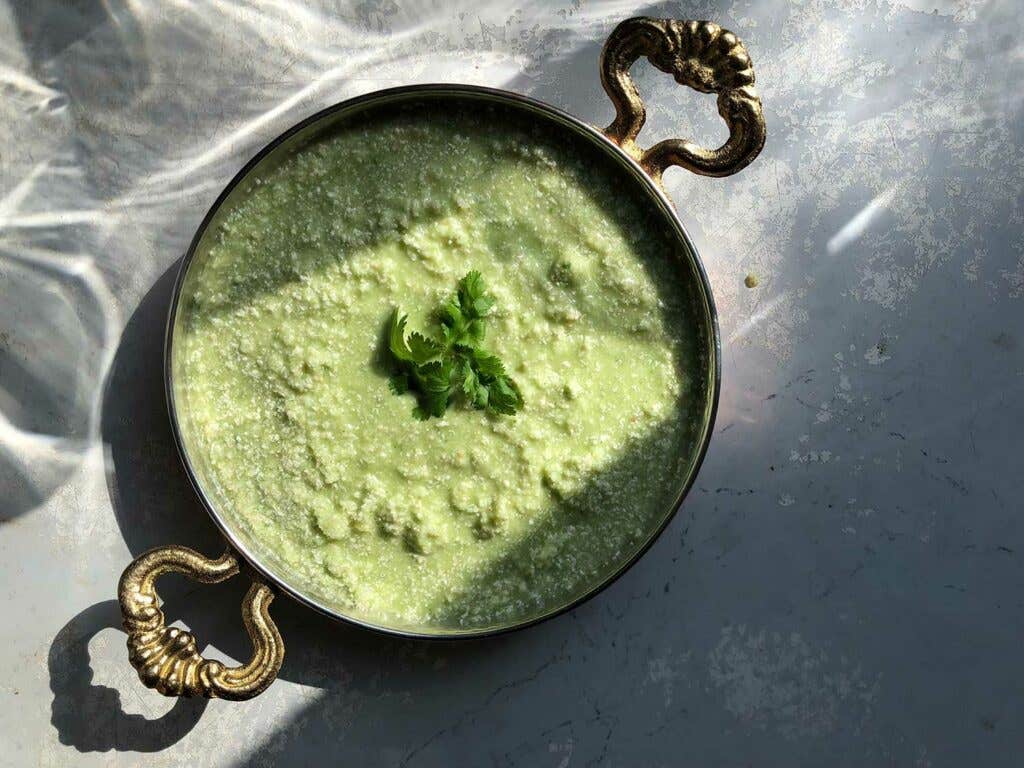
Keep Reading
Continue to Next Story
